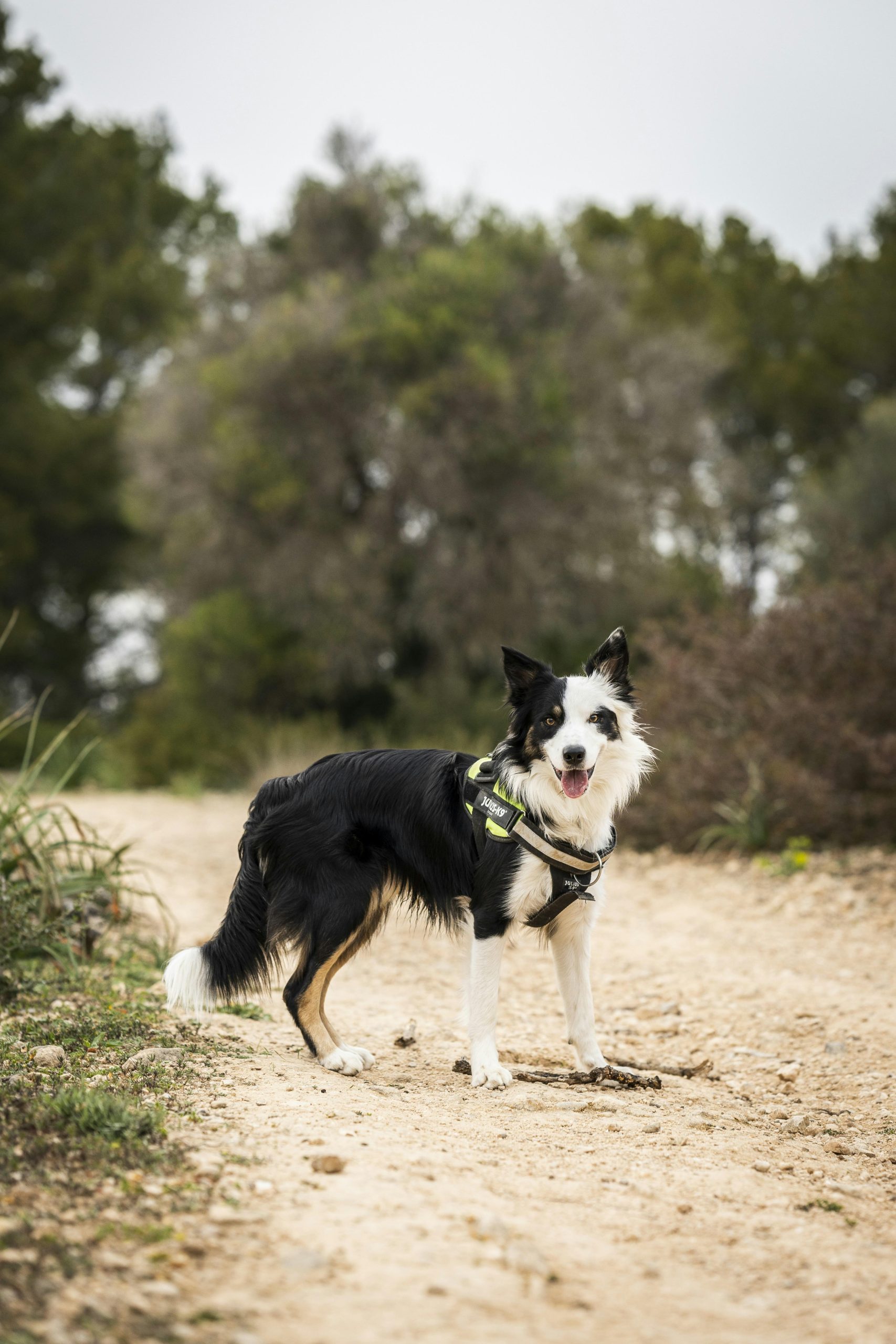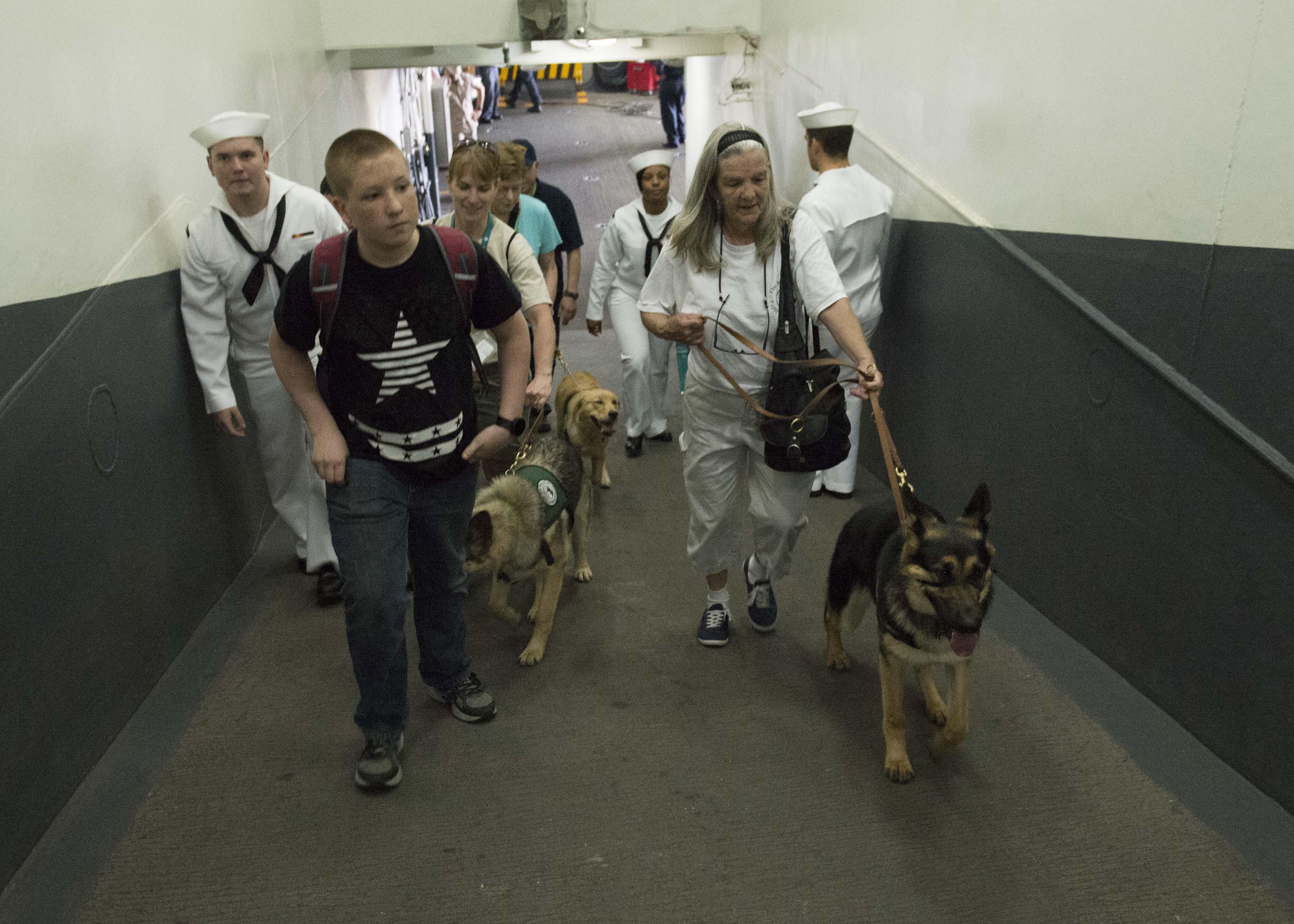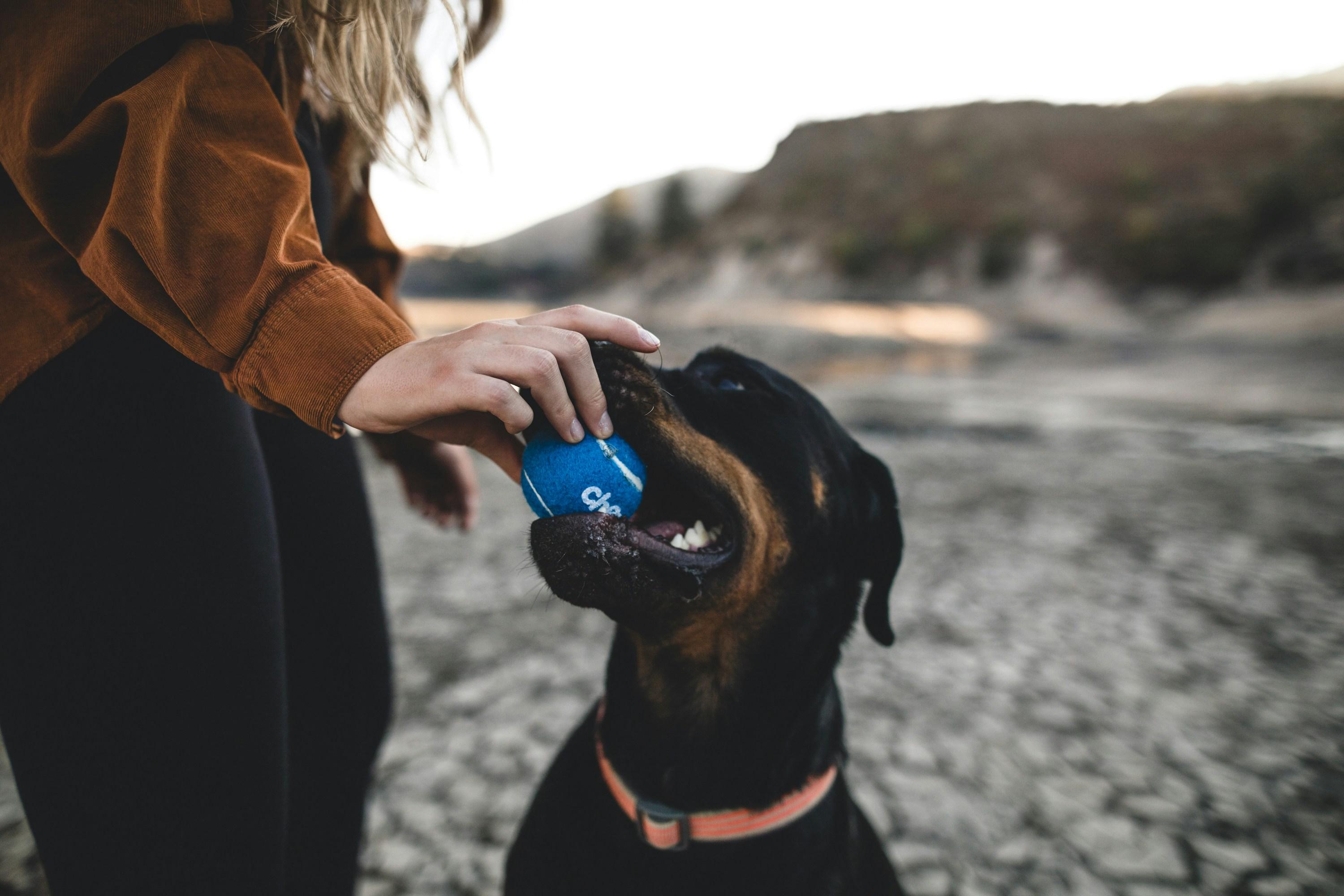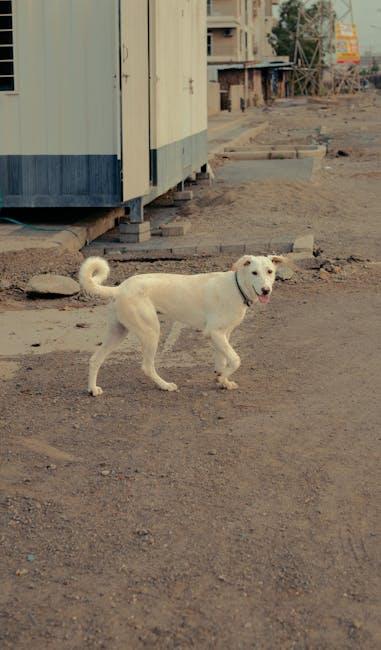Advanced Techniques for Training Dogs to Remain Calm on Walks

Walking your dog should be a pleasant experience, both for you and your canine companion. However, many dog owners face the challenge of managing their pets’ excitement, anxiety, or reactivity during walks. Understanding how to effectively train your dog to remain calm in various environments can transform this daily routine into a harmonious activity. This article delves into advanced techniques designed to help you achieve a more peaceful walking experience. By incorporating these strategies, you can foster a sense of calmness in your dog, enhancing the bond between you and ensuring that walks become an enjoyable part of your shared routine. Whether you are dealing with a high-energy puppy or a reactive adult dog, these methods will equip you with the tools needed to guide your pet towards more composed behavior.
Understanding Canine Behavior and Triggers
To effectively train dogs to remain calm during walks, it’s essential to first delve into the nuances of their behavior and identify potential triggers. Dogs are inherently curious creatures, and their reactions are often influenced by their environment. Recognizing these triggers, such as other animals, loud noises, or unfamiliar scents, can help in crafting a tailored training approach. Understanding these behavioral cues enables dog owners to anticipate reactions and manage them proactively.
Here are some key aspects to consider when addressing socialization/how-to-safely-introduce-dogs-to-different-species-in-the-home/” title=”How to safely introduce dogs to different species in the home”>canine behavior and triggers:
- Body Language: Pay attention to your dog’s body signals, like tail position and ear movement, to gauge their comfort levels.
- Socialization: Gradually introduce your dog to new environments and experiences to reduce fear-based reactions.
- Consistent Commands: Use consistent and clear commands to guide your dog’s behavior, reinforcing calmness during walks.
- Positive Reinforcement: Reward calm behavior with treats or praise to encourage repetition of desirable actions.
By focusing on these aspects, dog owners can create a more serene and enjoyable walking experience, fostering a stronger bond with their furry companions.

Implementing Desensitization and Counterconditioning Strategies
When addressing the challenge of a dog reacting to stimuli during walks, employing desensitization and counterconditioning can be highly effective. These strategies involve gradually exposing your dog to the trigger in a controlled manner while pairing it with positive reinforcement. Start by identifying the stimuli that cause your dog to become anxious or excited, such as other dogs, bicycles, or loud noises. Once identified, introduce these stimuli at a distance where your dog remains calm, rewarding them with treats or praise. Over time, slowly decrease the distance, ensuring your dog remains relaxed throughout the process.
- Desensitization: Gradually increase exposure to the trigger while maintaining a calm environment.
- Counterconditioning: Pair the presence of the trigger with something your dog loves, like treats or a favorite toy.
It’s crucial to remain patient and consistent with these techniques. Consistency helps reinforce the idea that the previously stressful stimuli are now harmless, and potentially even rewarding. If your dog starts to show signs of stress, take a step back and increase the distance or decrease the intensity of the trigger. Remember, the key to success lies in small, manageable steps that build your dog’s confidence and ability to remain calm.

Utilizing Positive Reinforcement for Calmness
When it comes to fostering calm behavior in dogs during walks, positive reinforcement can be an invaluable tool. By rewarding desired behaviors, you can encourage your dog to remain composed and attentive, even in stimulating environments. Here are some strategies to effectively implement positive reinforcement:
- Timing is Key: Deliver rewards immediately when your dog displays calm behavior. This could be sitting quietly at a crosswalk or walking without pulling. Immediate reinforcement helps your dog associate the calm action with the reward.
- Choose the Right Rewards: Identify what motivates your dog the most, whether it’s a favorite treat, a toy, or verbal praise. Use these rewards consistently to reinforce calm behavior.
- Gradual Exposure: Start in a low-distraction environment to build your dog’s confidence and gradually increase the complexity of the surroundings. Reward calm behavior at each stage to help your dog adapt to different levels of stimuli.
- Consistency is Crucial: Ensure all family members or handlers are on the same page about which behaviors are rewarded. Consistent reinforcement helps solidify calm behavior as a habit.
Implementing these techniques can transform your daily walks into a serene experience for both you and your canine companion. By making calmness rewarding, you’re not just teaching your dog to behave better on walks, but also enhancing their overall well-being.

Incorporating Structured Walks and Routine Adjustments
Integrating structured walks into your dog’s daily routine can significantly enhance their ability to remain calm and composed. Begin by setting a consistent schedule for walks, ideally at the same time each day. This consistency helps your dog anticipate the activity and reduces anxiety. During these walks, incorporate specific exercises such as sit-and-stay or heel commands to reinforce obedience and focus. Use these commands intermittently to keep your dog engaged and attentive. Structured walks should not only be about physical exercise but also mental stimulation, so encourage your dog to explore and sniff around designated areas, which can be both rewarding and calming.
Additionally, making small routine adjustments can make a big difference. Consider the following tips to maintain tranquility during walks:
- Vary the route: Changing the scenery can prevent boredom and reduce anxiety triggers.
- Use calming aids: Items like calming collars or sprays can be beneficial, especially in busy or noisy areas.
- Pace yourself: Match your walking speed with your dog’s comfort level to ensure they feel secure.
- Reward calm behavior: Positive reinforcement when your dog remains calm can encourage continued good behavior.
By systematically incorporating these strategies, you create an environment that promotes a sense of security and predictability, essential for maintaining a calm demeanor during walks.



